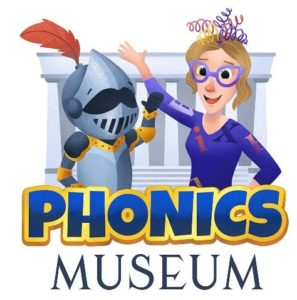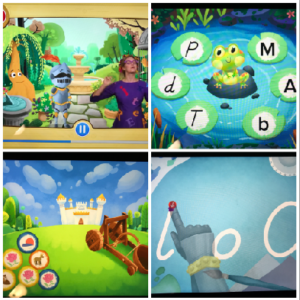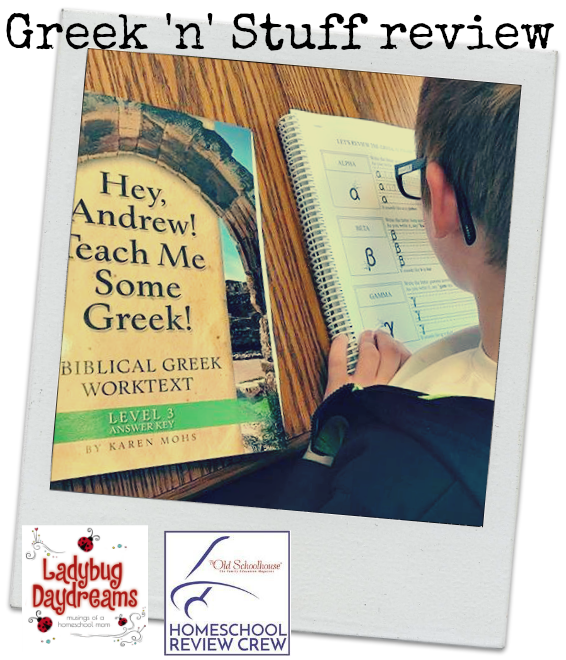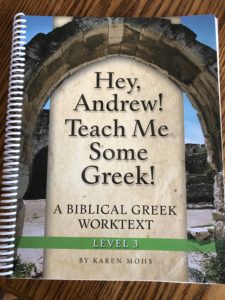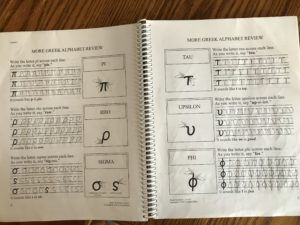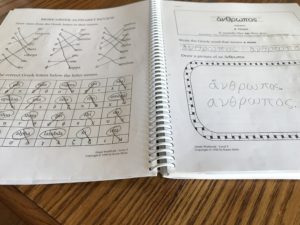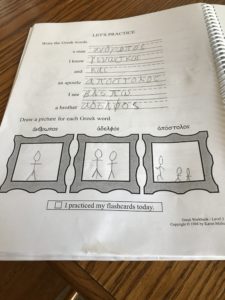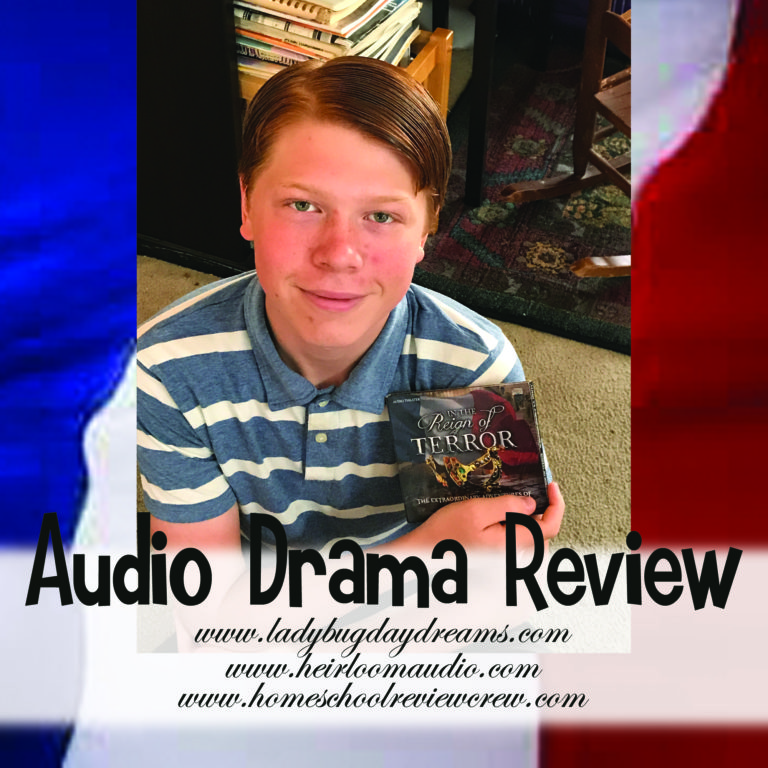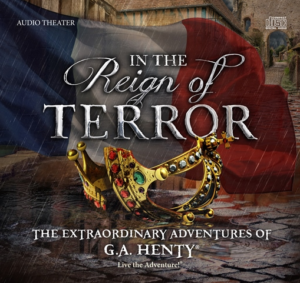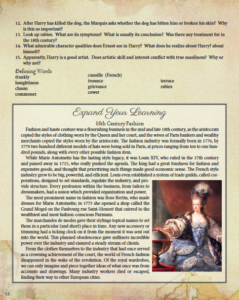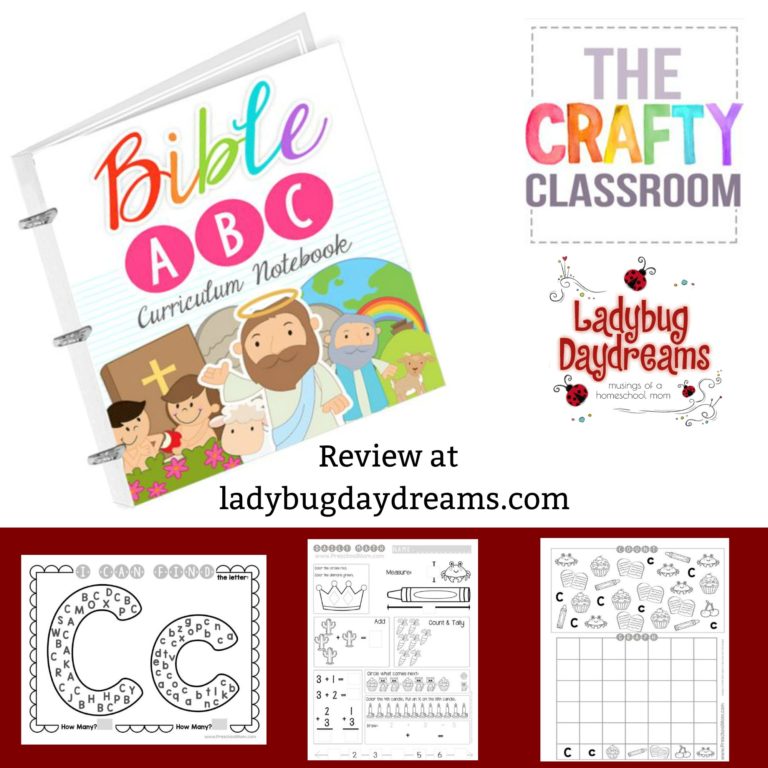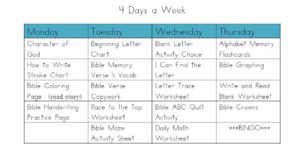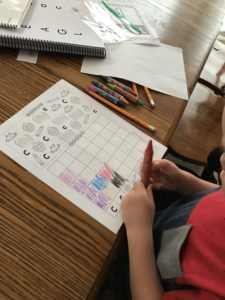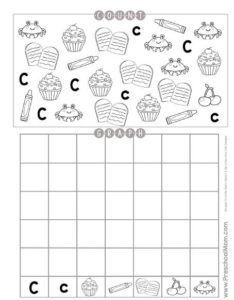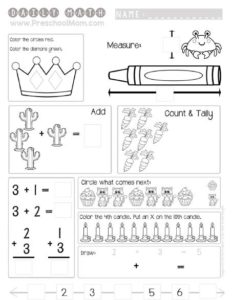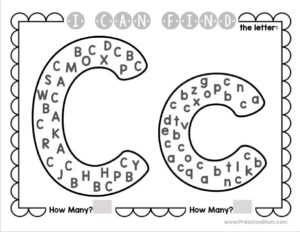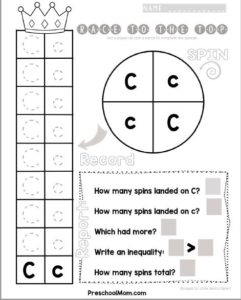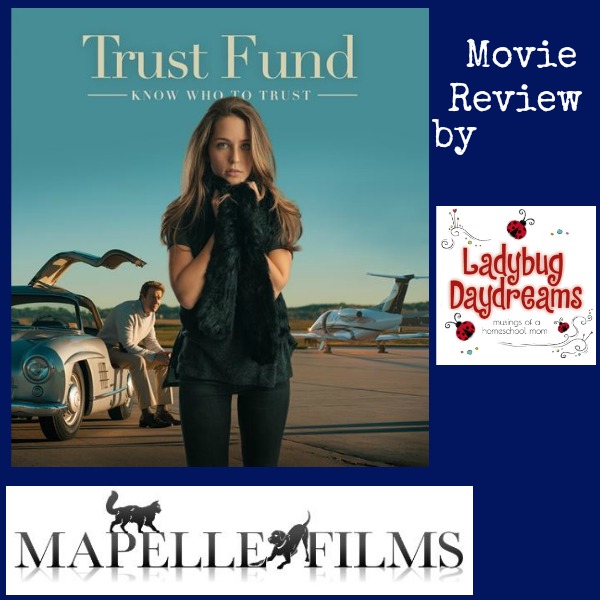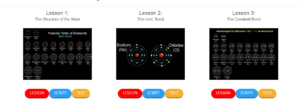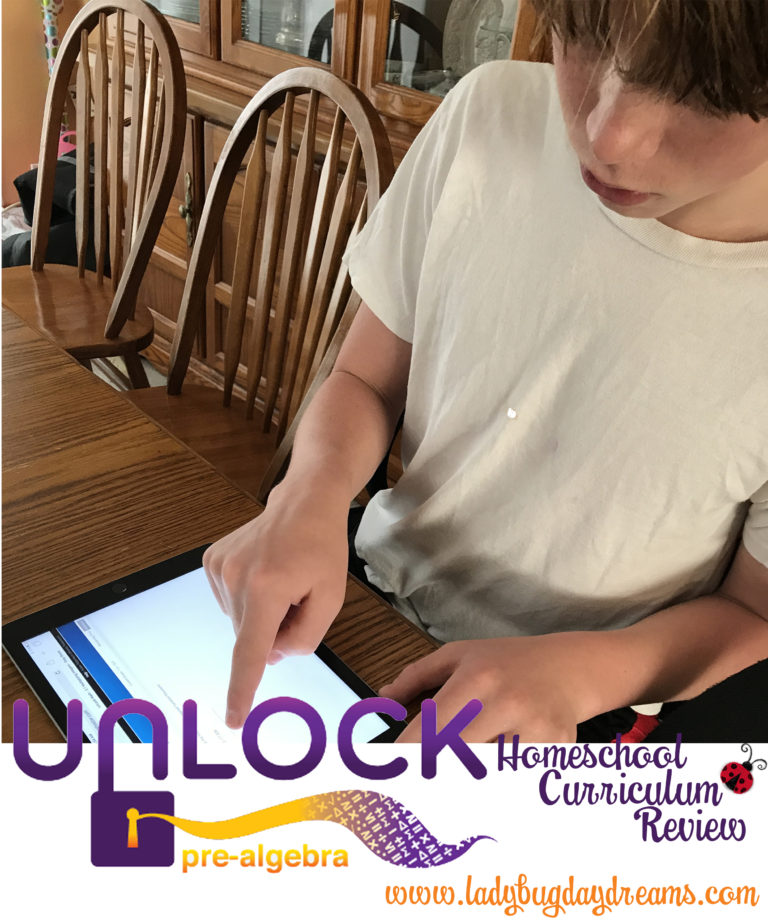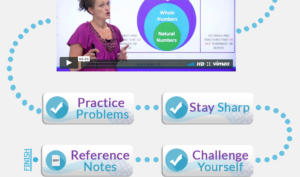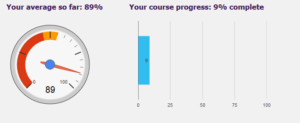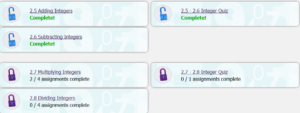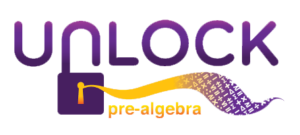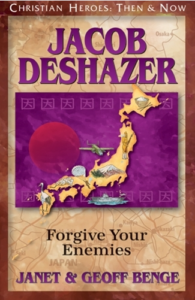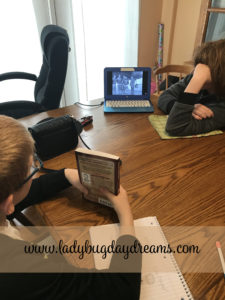Bringing Children to Jesus (review)
Halloween can be a truly divisive “holiday” among people of faith. Some think it’s no big deal and that it’s just about the candy and having fun in costumes. Some think it’s a satanic day to be avoided at all costs. We tend to fall into the former category, but I am definitely sensitive to people in the latter one. And just because we aren’t averse to participating in Halloween doesn’t mean that we want our children to focus on the pagan aspects of the holiday. Nor do we wish to imply that something like a holiday is more important than our Lord. This is where the Is There Anything Better Than Candy? Box-Tract from Let the Little Children Come can be a great tool.
What is it?
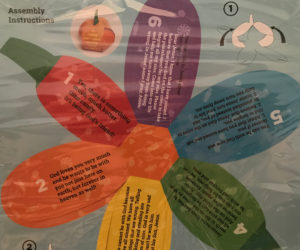 These little boxes come packaged flat, and all you have to do is punch them out and lift the flaps up and over the “stem” to create the pumpkin-shaped box. When in its flat state, the box looks a lot like a flower, and on each petal is a step toward explaining the Gospel to children. Each one is clearly numbered so you can go over the concepts in the “correct” order (although when talking about the Gospel, I think getting the information out is more important than doing it in a specific order). Step one answers the question, “Is there anything better than candy?” The answer, of course, is Yes! A relationship with our creator and savior is much better than treats. Petal two explains in a very simple way that God loves us and wants us to join him in Heaven. Number three tells why that’s just not possible through a very basic explanation of sin. The fourth bit of information covers the official Gospel – how Jesus came to Earth, lived a perfect life, died, and was resurrected so that we could be forgiven. The fifth petal tells of the ABCs of salvation (Accept, Believe, Commit). The sixth and final petal gives a short “sinner’s prayer” to help guide the grownup as they lead the child to Christ.
These little boxes come packaged flat, and all you have to do is punch them out and lift the flaps up and over the “stem” to create the pumpkin-shaped box. When in its flat state, the box looks a lot like a flower, and on each petal is a step toward explaining the Gospel to children. Each one is clearly numbered so you can go over the concepts in the “correct” order (although when talking about the Gospel, I think getting the information out is more important than doing it in a specific order). Step one answers the question, “Is there anything better than candy?” The answer, of course, is Yes! A relationship with our creator and savior is much better than treats. Petal two explains in a very simple way that God loves us and wants us to join him in Heaven. Number three tells why that’s just not possible through a very basic explanation of sin. The fourth bit of information covers the official Gospel – how Jesus came to Earth, lived a perfect life, died, and was resurrected so that we could be forgiven. The fifth petal tells of the ABCs of salvation (Accept, Believe, Commit). The sixth and final petal gives a short “sinner’s prayer” to help guide the grownup as they lead the child to Christ.
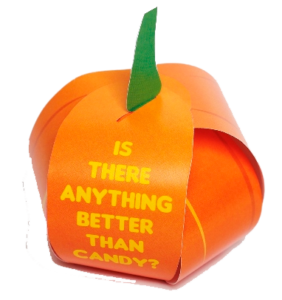 When the box is all folded up, it’s quite small. (In the image above, my 5-year-old son is holding it, just to give you an idea of the actual size of the box.) You could fit only very tiny items in there, but there is room for small things. I think a Halloween sized piece of candy would be about the perfect fit, although based on the name and content of the tract, that’s probably not the best idea for filling it. Flexible things would also be really good. I’m thinking specifically a small beaded bracelet – the kind that children often make at church events in which they’re instructed to put colored beads onto a bracelet base in a specific order to help them remember the Gospel (gold for God’s perfect creation, black for our sin, red for blood and death, white for Jesus’s ability to wash away our sin, blue for baptism, and green for growth). Another thing along the same lines that might fit in there is one of those tiny “Wordless books,” which cover the same colors and concepts as the bracelet I just mentioned.
When the box is all folded up, it’s quite small. (In the image above, my 5-year-old son is holding it, just to give you an idea of the actual size of the box.) You could fit only very tiny items in there, but there is room for small things. I think a Halloween sized piece of candy would be about the perfect fit, although based on the name and content of the tract, that’s probably not the best idea for filling it. Flexible things would also be really good. I’m thinking specifically a small beaded bracelet – the kind that children often make at church events in which they’re instructed to put colored beads onto a bracelet base in a specific order to help them remember the Gospel (gold for God’s perfect creation, black for our sin, red for blood and death, white for Jesus’s ability to wash away our sin, blue for baptism, and green for growth). Another thing along the same lines that might fit in there is one of those tiny “Wordless books,” which cover the same colors and concepts as the bracelet I just mentioned.
How We Used It
Small Fry is just the right age for something like this. We go to church, but because we’re the only native English speakers with children in our church, his Sunday School and Children’s Church classes are taught primarily in Spanish, so he doesn’t always get much out of them. So he and I built the box together and I went over the information on the petals with him. It was really rewarding to watch him move from “No, there’s nothing better than candy!” to understanding that “Oh, yeah, God is definitely much better than candy.” What a blessing to see your own child make that connection.
These Gospel Tract boxes come in a package of 20 for $15.95. There are bulk discounts if you buy 11 or more sets. Because I received a whole set for review, but only used one of them in my family, I gave the rest to my mother-in-law, who runs the children’s department in our church. She is really excited about handing these out to children during the annual fall festival this year.
Blessings,

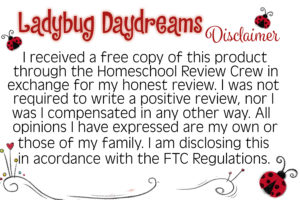

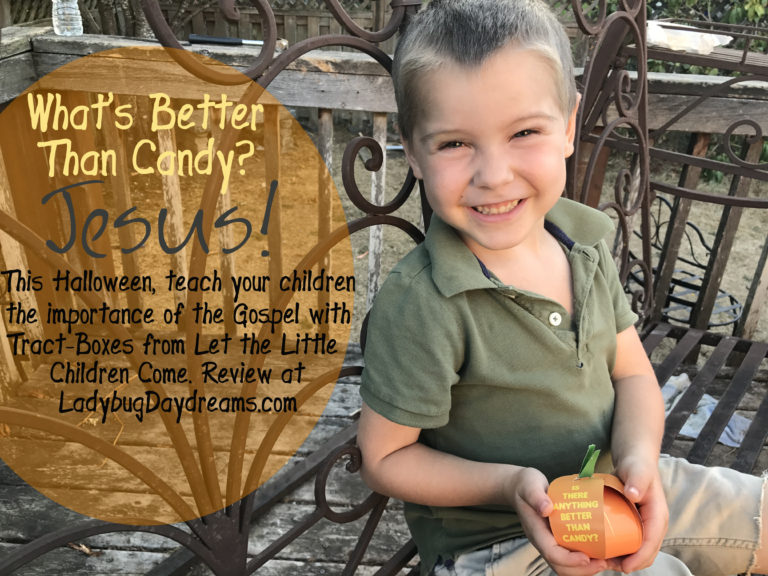

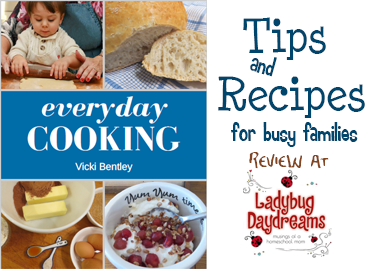
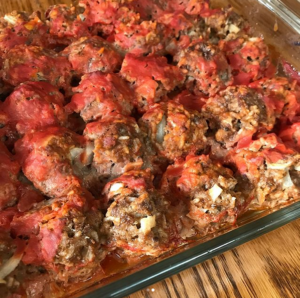
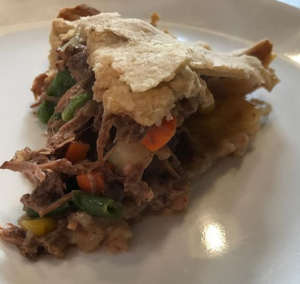
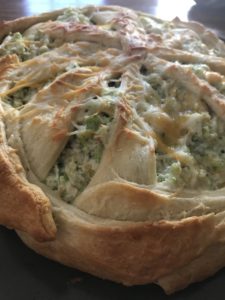
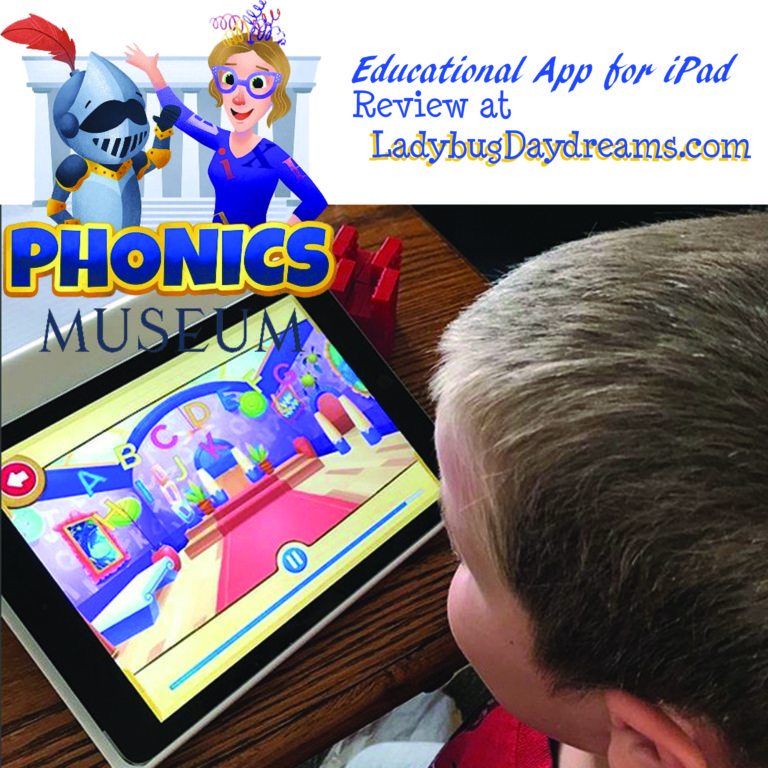
![IMG_0540[1]](http://www.ladybugdaydreams.com/wp-content/uploads/2017/08/IMG_05401-300x225.jpg)
